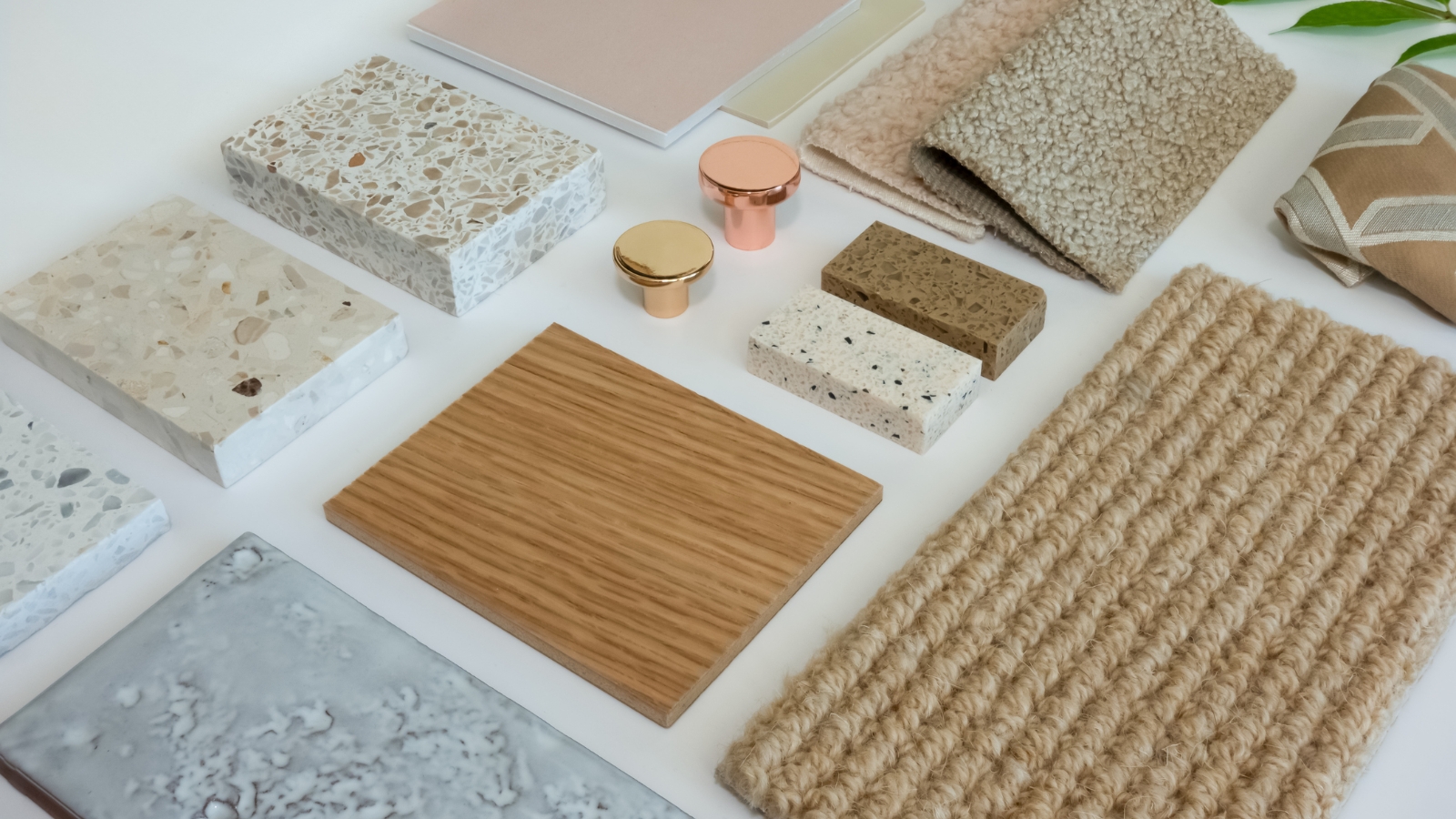Buying guide
Apartment buying in NZ
The insider's guide to smarter, savvier property purchases

While the Kiwi dream may have once been all about that big backyard and picket fence, apartments are rapidly becoming a top choice for city dwellers, down-sizers, and first-time buyers alike. And it’s no wonder: they’re often affordable, low-maintenance, and come with some pretty amazing locations.
So, are you ready to buy an apartment in New Zealand? Here's our comprehensive guide to help you through it.
How to buy an apartment in Aotearoa New Zealand
Buying an apartment is similar to purchasing a standalone home, but with a few unique twists. Here’s the lowdown:
- Deposits: Most apartment purchases will require a 20% deposit. Smaller apartments (under 50 sqm) may need a higher deposit, up to 40%.
- Mortgage pre-approval: Chat with a lender to get a handle on your budget and pre-approval.
- Get legal help: A property lawyer is your go-to for navigating settlements, contracts, and all the finer points.
- Buying options: You can buy an existing apartment, a new one, or go off-plan (meaning it’s not built yet). Here are the key things to know about buying off plan.
Learn more about home loans or finding your property team.
The pros and cons of buying an apartment
Pros of buying apartment
- Affordability: Apartments are generally easier on the wallet than houses, especially in high-demand spots like Auckland or Wellington.
- Location, location, location: With an apartment, you can often live closer to the action – think cafes, restaurants, and a shorter commute.
- Less maintenance: Apartments require minimal upkeep, so you can forget about yard work and focus on your space.
- Lower bills: Apartments are often smaller and newer, which means lower heating and cooling costs.
See these luxurious loft apartment design ideas to inspire you.
Cons of buying an apartment
- Privacy: Apartment living means you’re sharing walls, so there’s a bit less personal space.
- Limited space: You might not get the spacious backyard, but hey, fewer rooms to clean!
- Personalisation: Your creative touches may be limited to the interior only, with rules on external changes.
Buying an apartment - due diligence checklist
Buying an apartment requires a bit of homework to make sure you’re getting the best deal:
- Ownership structure: Most apartments are either unit title (freehold) or leasehold. Unit title gives you ownership of the apartment and shared ownership of the land, while leasehold means you pay an annual ground rent.
- Body corporate: Most apartment buildings have a body corporate that manages common areas. You’ll pay a fee (around $5,000 on average) that covers maintenance, insurance, and amenities. Make sure to check the financial health of the body corporate and any special levies before you buy.
- Insurance: Body corporates usually handle building insurance, but you’ll need contents insurance for your belongings.
Read our full guide on due diligence.
Before you buy an apartment it's important that you do your due dilligence.
Pre-purchase inspections and amenities
To avoid future headaches, consider a pre-purchase inspection. This will flag any potential issues with weather tightness or structural integrity, giving you peace of mind before signing on the dotted line.
Check out the amenities on offer, too. While gyms, pools, and saunas are nice perks, they can also mean higher body corporate fees. Make sure the amenities suit your lifestyle without breaking the bank.
Read our buyer's pre-settlement inspection guide.
Filter by location to find an apartment right where you want to be.
Location, rules and restrictions
Since your neighbourhood will be your extended “backyard,” consider proximity to cafes, parks, public transport, and work. Spend a bit of time exploring the area before you commit.
Every apartment complex has its own set of rules covering everything from pet allowances to noise control. Ask your lawyer to review these rules to ensure they align with your lifestyle — and avoid any surprises later.
The size of the apartment
It’s generally easier to purchase an apartment that’s over 50m2 in total size. That’s because apartments under this size are seen as riskier investments by lenders and banks.
Your lender may decline finance on an apartment under this size, charge higher interest rates, or require a higher deposit of up to 40%. With that in mind, depending on your circumstances – it may be better to only consider apartments that are 50m2 or bigger.
Buying an apartment FAQS
Are Auckland apartments a good investment?
Apartments in Auckland can be a good investment, as can apartments in many other areas around Aotearoa New Zealand. However, on average they tend to experience lower value growth and higher rental returns (yields) than stand-alone homes or townhouses.
Can foreigners buy an apartment in NZ?
Generally buyers who are based overseas and aren’t NZ citizens can’t purchase residential property in Aotearoa New Zealand, with a few exceptions:
Australian and Singaporean citizens can buy apartments in Aoteraoa New Zealand as long as they aren’t deemed to be on sensitive or commercial land.
Most foreign citizens can also buy new apartments that have an ‘exemption certificate’. They must buy directly off the developer.
Read our article on buying property in NZ as a foreigner for more information.
What's the best floor to live in an apartment?
Depending on your personal preferences, the best floor to live on in an apartment may be the top floor. The top floor is usually quieter and less susceptible to break-ins than ground or floor one apartments. It could also receive more natural light and have better views.
These benefits usually come at a cost – apartments on higher floors are often more expensive.
With all that said, lower floor apartments can have their benefits too. Ground floor units may have more options for outdoor space such as courtyards. If your apartment doesn’t have lifts the ground floor could be easier to access.
How much are body corporate fees for apartments in New Zealand?
Body corporate fees for apartments in Aotearoa New Zealand can vary considerably, but average around $5,000. You may pay more or less depending on your apartment’s amenities and the cost of building upkeep.
Learn more about body corporate and how it works.
Author
Other articles you might like







